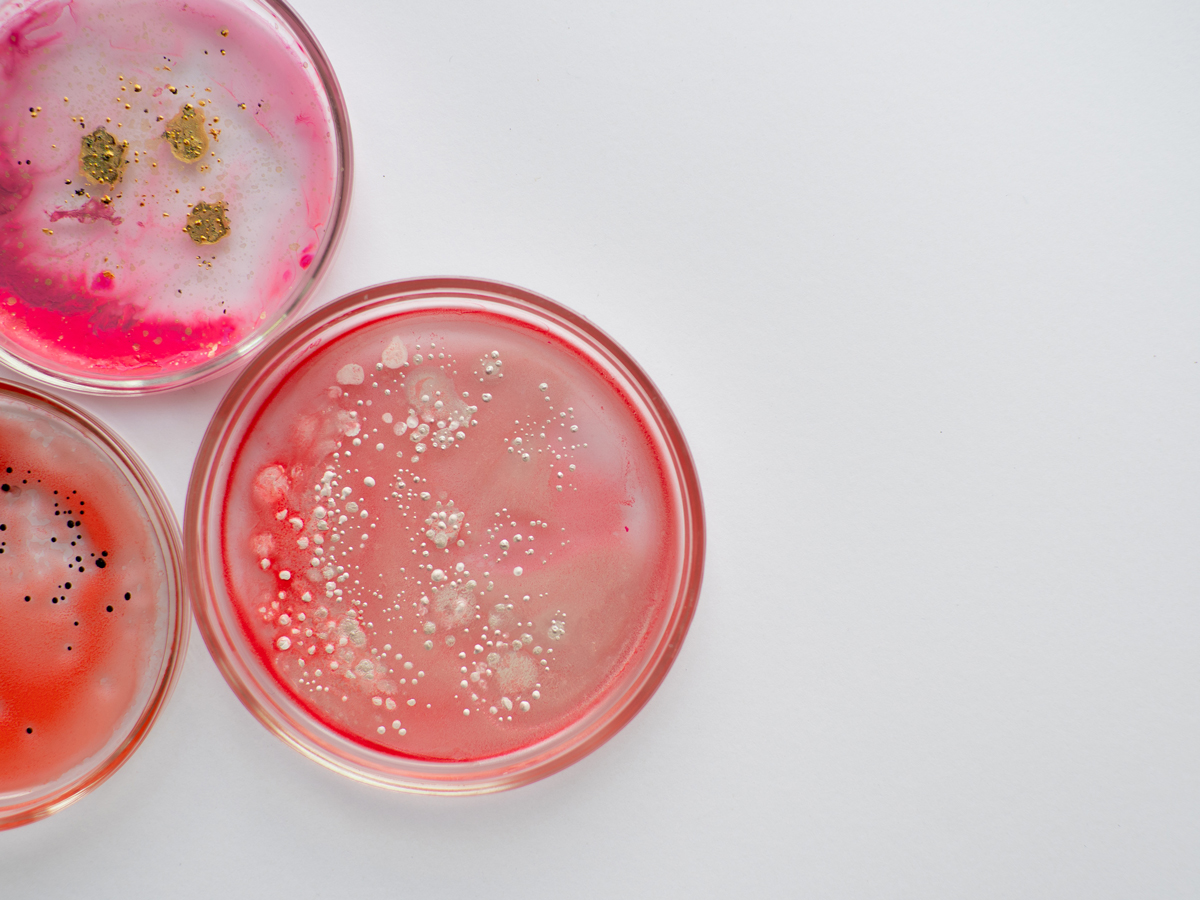We use cookies to make your experience better. To comply with the new e-Privacy directive, we need to ask for your consent to set the cookies. Learn more.
Safety of use of the Orabrush

Microbial/viral contamination by hollow brushes of widely sold and marketed electric/sonic toothbrushes.
(clinically PR. Dr. Richarch T, Glass, ph.p)
Since the introduction, a few decades ago, of synthetic bristles made of Tynex (Nylon monofilaments from Du Pont), the problem of microbial contamination at the stembrush level has been solved.
It should be noted that before Tynex arrived on the market, natural bristles were used on toothbrushes. They presented a spinal canal, source of microbial/viral contamination, etc.
However, today the problem of internal contamination of toothbrushes has reappeared. A thorough study of this problem gives the following result: the danger comes from the fact that a large cavity inside the brush shaft (where microbial/viral proliferation is favored) is very close to the hair.
Several electric toothbrushes affected by microbial proliferation:
Brushes with internal mechanisms are all affected by this problem.
Broxo® devices do not present this type of defect with the risks they represent. Their stem brushes do not contain any hollow parts.
Preserve dental enamel
The Broxo Orabrush electric toothbrush, due to its vertical movement at low frequency (50 HZ), generates minimal abrasion on the dental enamel whose grooves are also vertical. This is not the case with rotating brushes which will wear away the enamel with movements perpendicular to the direction of the dental enamel, as well as with ultrasonic brushes which will considerably increase abrasion on the teeth with brushing frequencies of around 20,000 HZ.